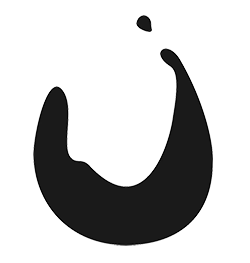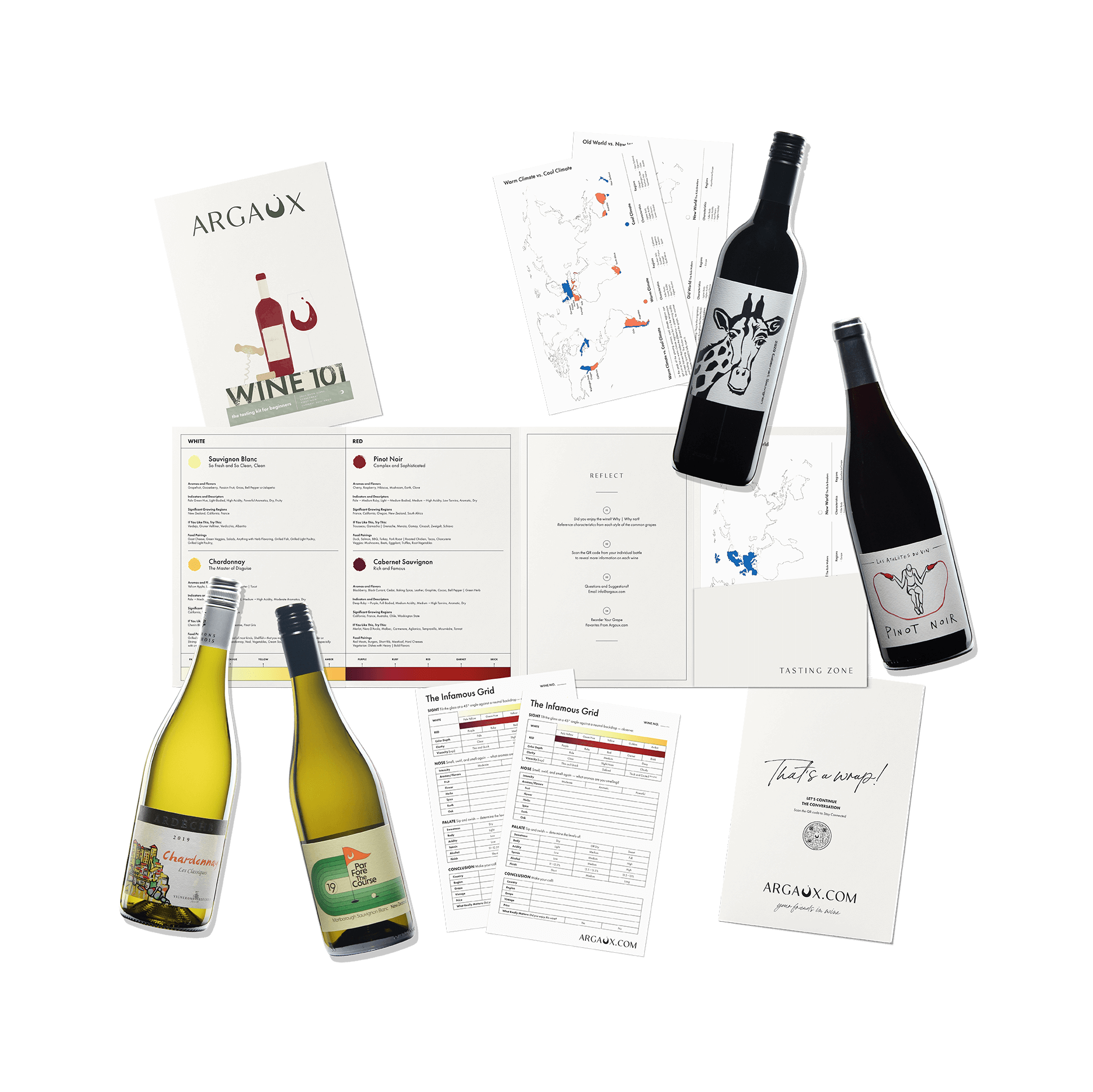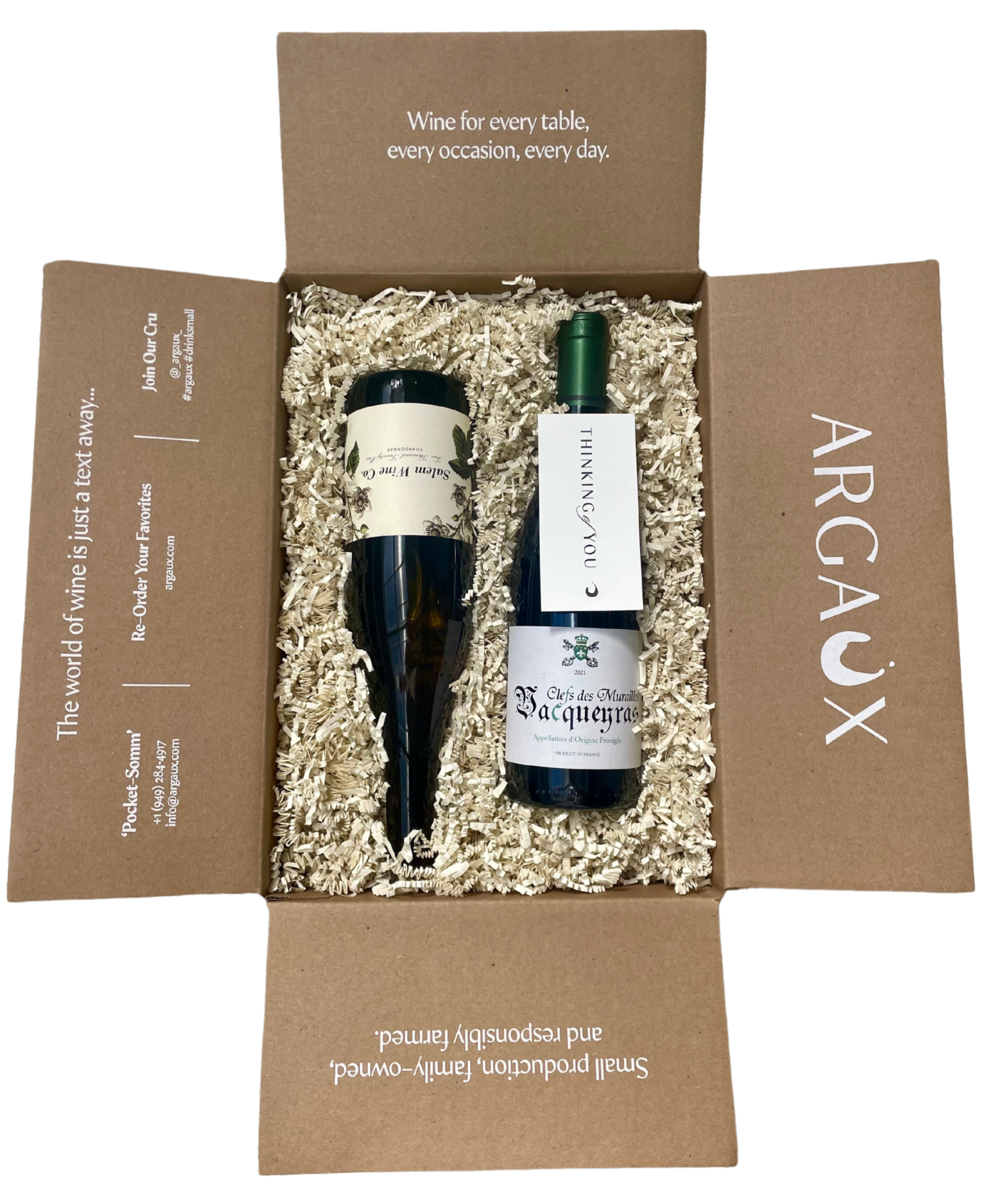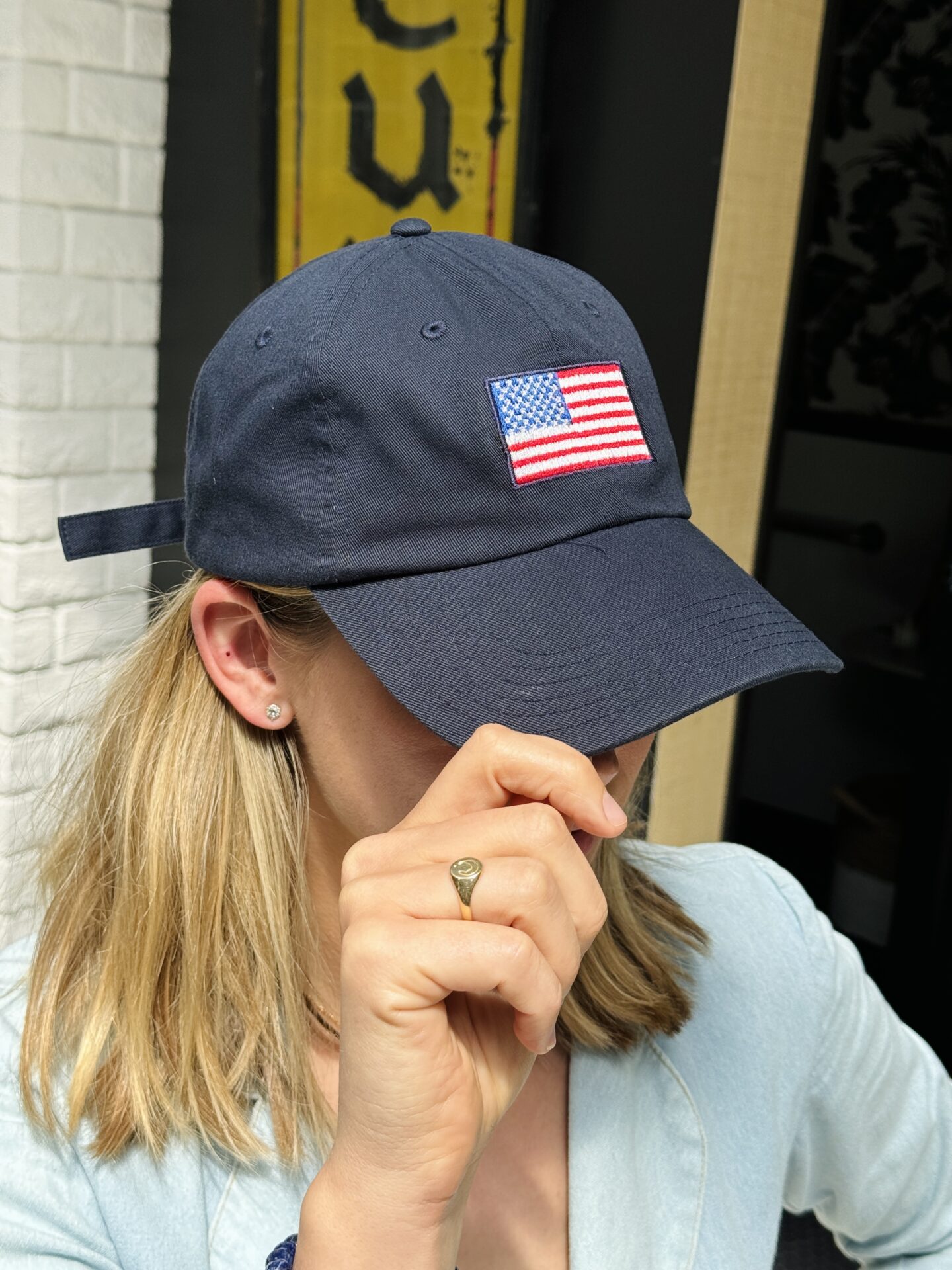Wine 101 Tasting Kit – Perfect for Beginners
Welcome to the world of wine! Our Wine Basics Tasting Kit is the perfect introduction to the enchanting realm of wine tasting. Whether you’re just starting your journey or looking to expand your knowledge, this curated kit is designed to provide an immersive and educational experience.
Inside this kit you’ll find your wine and our Wine 101 Tasting Guide created by our team of Sommeliers. It will provide instructions on how to set up your tasting, tasting techniques, fast facts and tips on how to identify key characteristics with every sip.
$95.00 – $150.00






